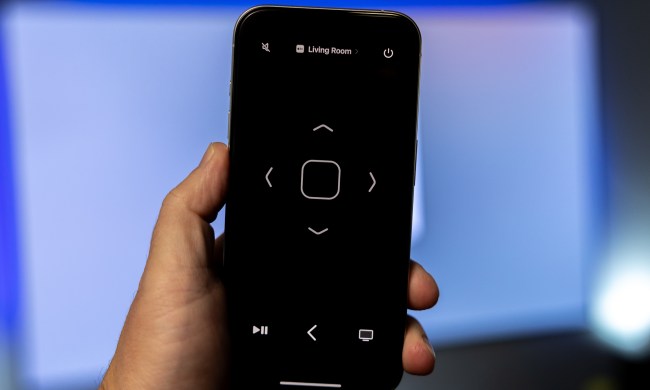 We’ve heard before that the military has a real interest in putting smartphones and tablets into the hands of soldiers deployed in the field. Now we bring you two ideas for the kind of apps that could be on those devices.
We’ve heard before that the military has a real interest in putting smartphones and tablets into the hands of soldiers deployed in the field. Now we bring you two ideas for the kind of apps that could be on those devices.
Computer World has published a report that outlines plans for an app that would allow Army personnel to conduct surveillance through an iPad. Pentagon contractor Harris Corp is developing a system that would link an iPad or Android tablet to a camera installed on an unmanned aircraft vehicle (UAV). The user would be able to watch a live feed from the camera through the tablet — a capability only recently made possible through the development of high resolution screens — and control the camera through the tablet’s touchscreen.
Another contractor, Intelligent Software Solutions (ISS), is working on app that would use the mapping capabilities of iPhones and Android smartphones to give soldiers a battle history of their current location. A soldier would be shown a map of their current location with data detailing the types of battle encounters that have occurred there. So for instance, they could see if the area had been recently bombed.
A major benefit of adapting civilian technology for military purposes is cost reduction — a popular theme in Washington these days. A tablet or smartphone might cost $300 to $600, where as a military gadget capable of performing the same job would cost upwards of $10,000. And with a majority of the population expected to own a smartphone by the end of the year, there’s the added bonus of a built-in familiarity.
Of course, battle zones aren’t known likely to be gentle on glass screens and fragile circuitry. There’s a real danger that a tablet or smartphone may not be up for the kind of wear-and-tear that the typical soldier expects from his or her gear. (We previously reported on a story where the Army was looking at ways to “ruggedize” iPhones.) Again, the benefits of low cost come in to play here.
“We’ve seen first-hand what happens to a laptop used in the desert [in combat], so there’s going to be some problem with…these [consumer handheld] devices that are fairly inexpensive and almost disposable,” Rob Rogers, vice president of national systems for ISS, told Computer World.
“But if they break or get dust in them, you don’t have to shell out a lot to replace them,” Rogers said. “It’s a trade-off. I would anticipate a lot of broken Androids and iPhones.”
No word on when the military might begin issuing iPads to personnel, but field testing may begin as soon as the first half of this year.


